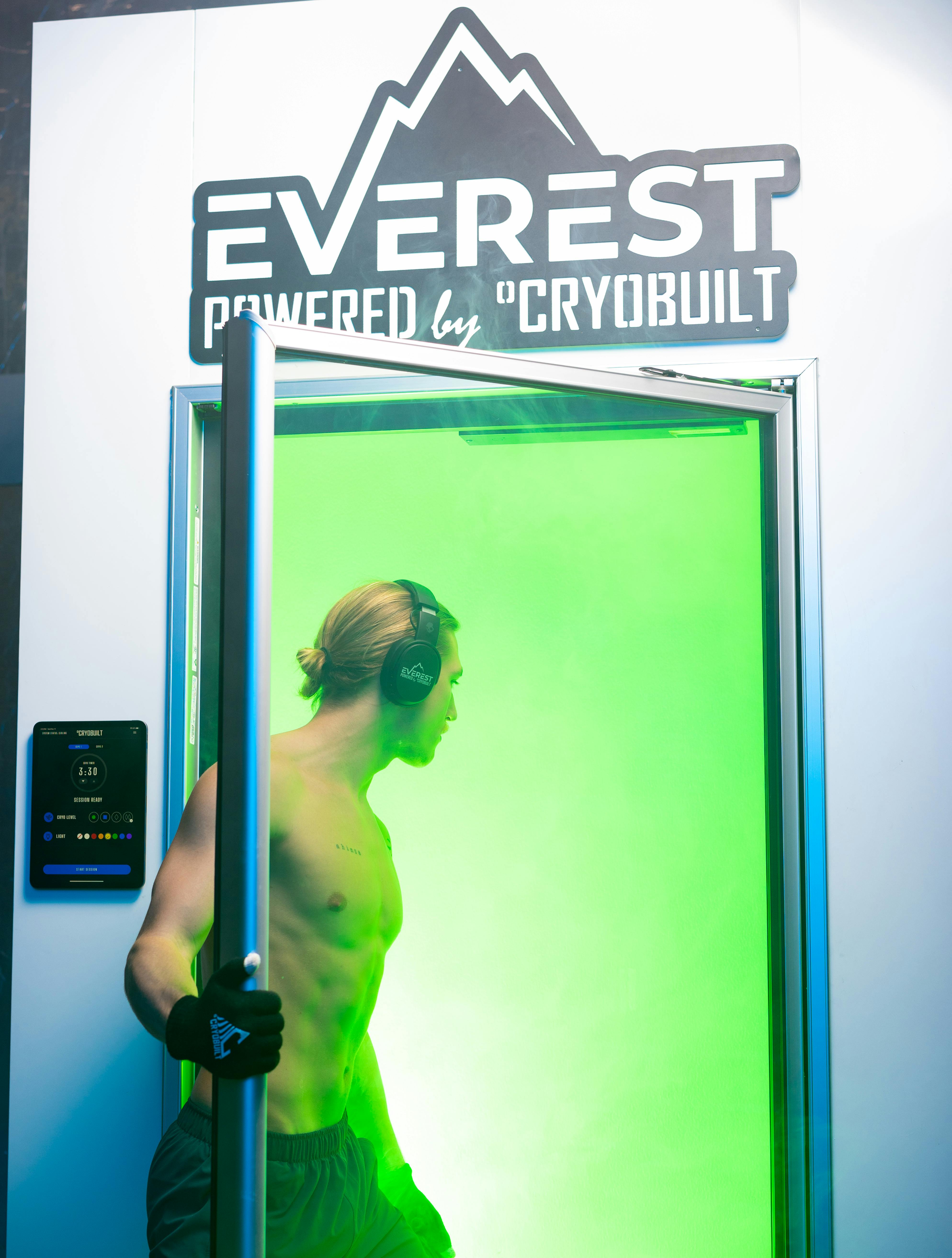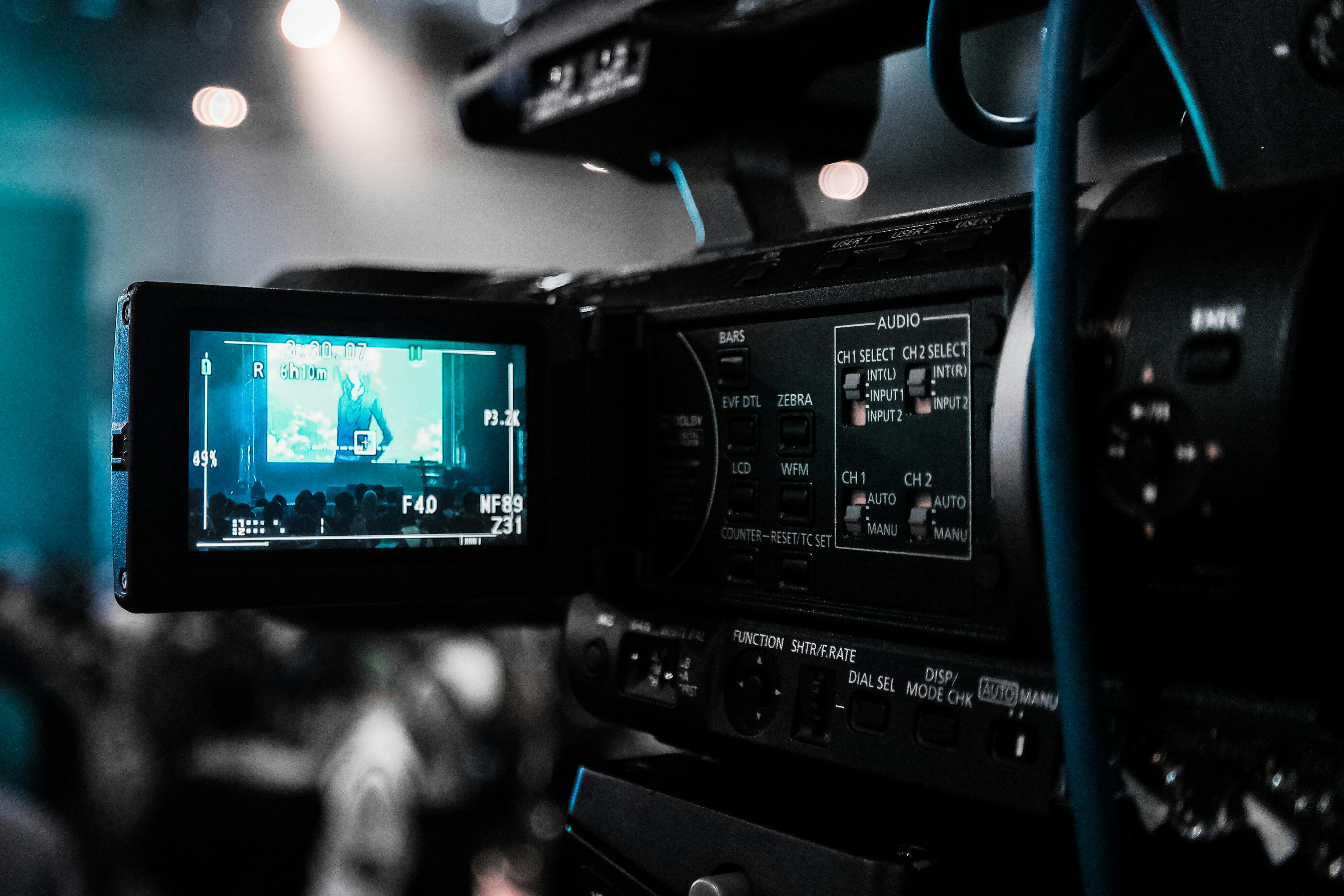Synesthetic Experiences: Blurring the Boundaries of Art and Perception
Delve into an artistic realm where senses overlap, and colors sing. This is the fascinating world of synesthetic art, where the boundaries between sensory experiences blur, and a color can trigger a sound, a taste, or even a tactile sensation. Let's explore how synesthetic experiences are reshaping the arts and entertainment industry, offering immersive experiences that challenge our understanding of perception.

The Mysterious World of Synesthesia
Synesthesia is a perceptual phenomenon in which stimulation of one sensory or cognitive pathway triggers involuntary experiences in a second sensory or cognitive pathway. Individuals with synesthesia, known as synesthetes, might see sounds, taste colors, or perceive letters and numbers in specific hues. While synesthesia has been a subject of scientific curiosity for centuries, it’s only in recent decades that it has gained significant attention in the arts.
Synesthetic Art: An Evolving Canvas
The exploration of synesthetic experiences in the arts is not a new phenomenon. Famed artists like Wassily Kandinsky and Vincent Van Gogh were believed to be synesthetes, their unique sensory experiences influencing their vivid and emotive works. However, with advancements in technology and a growing interest in multisensory art forms, synesthetic art has evolved into an immersive, interactive genre that engages multiple senses simultaneously.
Synesthetic Art in Today’s Entertainment Landscape
Today, synesthetic art is making its mark on the entertainment industry. In music concerts, visual displays are synchronized with music to create synesthetic experiences for the audience. Similarly, in the culinary arts, chefs experiment with multisensory dining experiences where flavors, sounds, and visuals intermingle. This fusion of sensory experiences enriches the audience’s engagement, providing a unique, immersive experience that transcends traditional artistic boundaries.
The Impact and Reception of Synesthetic Art
The impact of synesthetic art is profound, challenging our understanding of perception and artistic experience. It’s not only revolutionizing the way audiences experience art but also expanding the artistic vocabulary of creators. Critics and audiences alike appreciate the multisensory richness of synesthetic experiences, considering them a novel frontier in the arts and entertainment industry. However, the reception is also tempered with debates on authenticity, as the synesthetic experience is subjective and varies from person to person.
The Future of Synesthetic Art
Synesthetic art, while still a niche genre, holds promising potential for the future. As our understanding of synesthesia expands, so does our ability to create art that mirrors this complex sensory interplay. Furthermore, with advancements in virtual and augmented reality technologies, there is vast potential for creating truly immersive, synesthetic experiences that redefine the boundaries of art and entertainment.
In conclusion, synesthetic art offers a fresh, unique perspective in the arts and entertainment industry, pushing the boundaries of creative expression and audience engagement. Through its exploration of sensory interplay and perceptual anomalies, it provides a fascinating glimpse into an otherwise hidden world of cross-sensory experiences. As we continue to explore this intriguing artistic frontier, it’s clear that the future of art may be more multisensory than we ever imagined.





